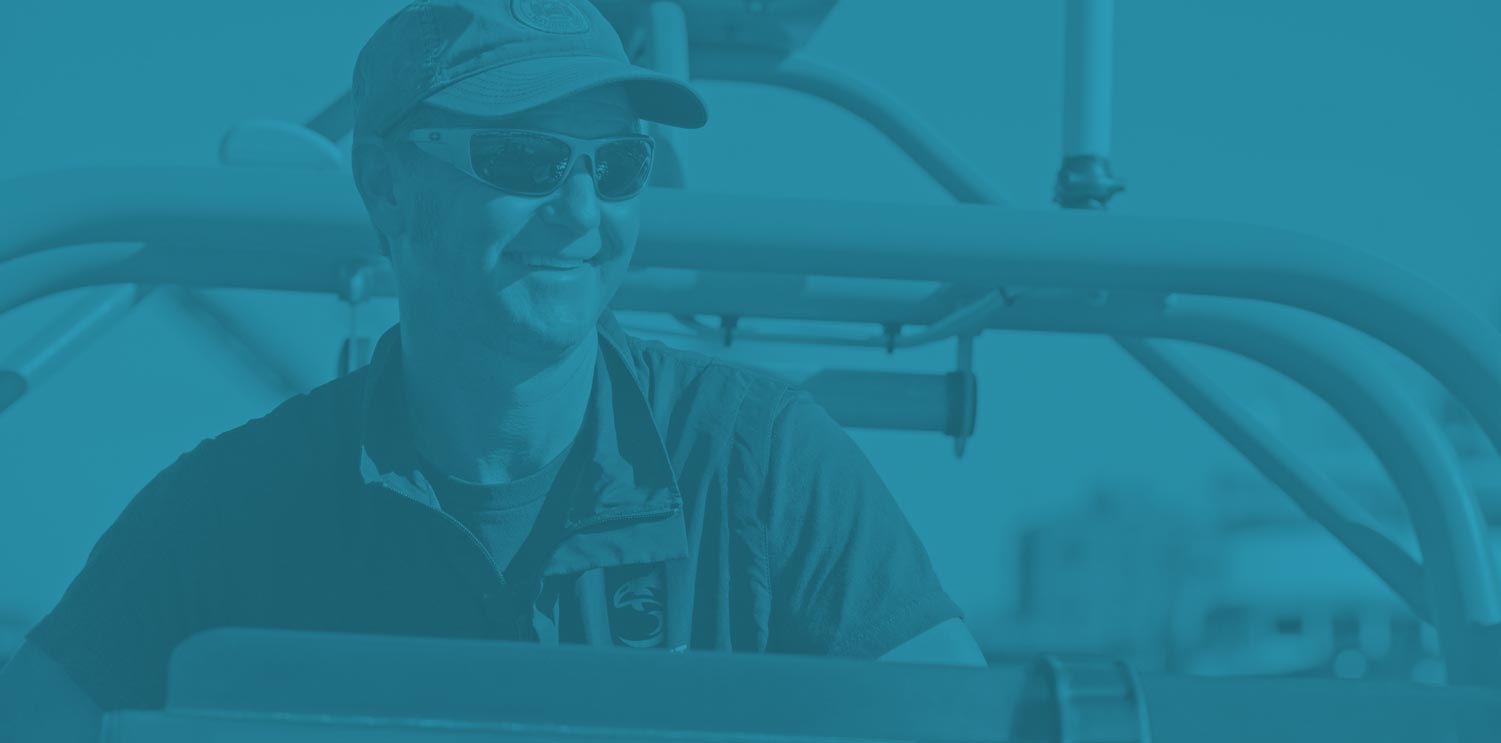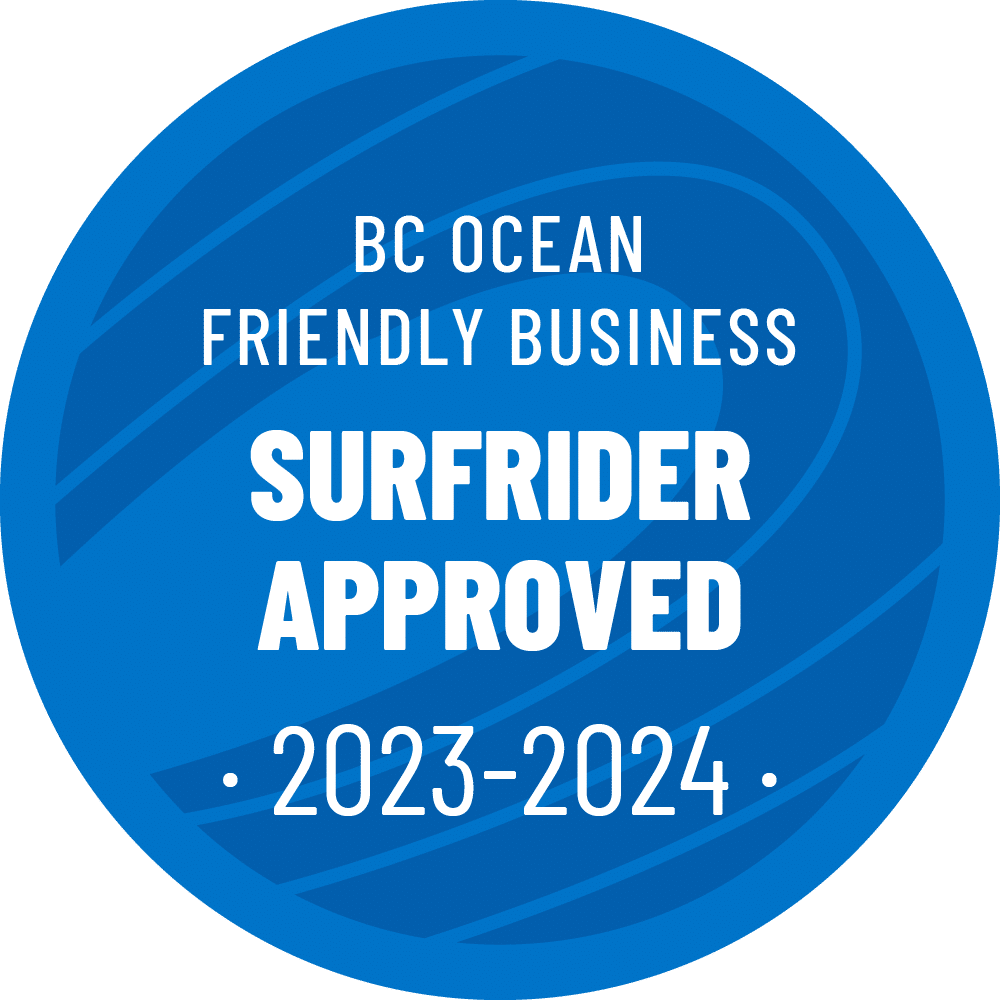Week of July 26th – Written by: Rachael, Lead Naturalist
The end of July may have come and gone this week, but the sightings of whales and other wildlife in the Salish Sea continue to be abundant and diverse! From many different Bigg’s Killer Whale families, to a very special and rare visit with a Minke Whale, to Humpbacks galore- whales have been present all week! But the wildlife doesn’t stop with whales. We also spent time with giant Steller Sea Lions, Harbour Porpoises, Pelagic Cormorants, Harbour Seals, and Bald Eagles. On land, in the sea or in the sky, animals are everywhere to be seen in the coastal area of Victoria.
The first sightings of the week included the T37A Bigg’s (Transient) Orca family. Volker is the mother of this family and she is kept busy with her four offspring- Inyo (14 yrs old), Inky (11 yrs old), Spinnaker (8 yrs old), and little Crinkle (6 yrs old). Volker and Inyo have very distinguishing nicks in the back edge of their dorsal fins, helping us ID this family easily. But what really gives them away is the slightly bent dorsal fin of young Crinkle which can be spotted from a long distance away. This family cruised among the Gulf Islands, likely searching for unsuspecting Harbour Seals and porpoises.
The T37A family hung around the area for another day, making everyone on board happy! We also got some great views of their main prey, the Harbour Seals. Harbour Seals are abundant in our area and it is the best time to see them as they are at the end of their pupping season. There are so many adorable fuzz balls swimming in the water with their mothers and nursing on the rocks under the warm sun. They truly do melt your heart! We also spent time on most trips with Steller Sea Lions, either at Whale Rock or at Race Rocks Lighthouse which are two of their favourite haul-out sites in our area. Their numbers continue to grow as they return from the female rookeries further north of us. These males are so impressive to see, especially the big boys who can weigh in at 2500 pounds! Yikes!
The middle of the week took us all the way over to the shores of Fidalgo Island where we met up with the T34 and T37 Orca families! Killer whales love to meet up with other families for some social time, meal sharing, and even a little love. The two families spent time slowly moving south along the shores of the San Juan Islands where we left them near the airbase on Whidbey Island. Part of the excitement of whale watching is the fact that we are always exploring new places and seeing different species and families of whales. Wildlife truly is WILD and we are always excited to go on a new adventure.
It was time for the Humpbacks to make an appearance later in the week and we got some spectacular views of many different individuals including some familiar flukes- Titan, Ocean and Scuttle just to name a few! We saw lots of stunning tail flukes rising above the waves and even some tail thrashing that cast a huge amount of white spray above the dark seas. Humpbacks are massive whales, gaining more weight with each passing day as they feed in the productive cold waters of the North Pacific, bulking up for their fall and winter journey down south to Mexico, Costa Rica, or Hawaii. We never tire of the majestic beauty and raw power of these baleen giants!
One of the greatest highlights of the week was an awesome encounter with a Minke whale! We were off the southeast end of San Juan Island when we spotted the sharply curved dorsal fin of a Minke whale. Minkes are very elusive and often hard to track as they can hold their breath for many minutes and dart around in all different directions as they chase their prey of krill and small fish. But our encounter was full of surprises and even a drive by! Even the naturalists were squealing with excitement as it is so rare for us to get good shots of a Minke whale! Once again, nature kept us on our toes and we loved every minute of it.
We ended the week with another visit to the Gulf Islands where we spotted Ocean, a very unique Humpback whale. Ocean is easy to ID because he or she has boat propeller scar marks on their left side, just behind the dorsal hump. Thankfully the wounds healed, but they are a good reminder for everyone to GO SLOW when operating a boat in the vicinity of whales, and to always keep your distance in order to keep everyone safe. Ocean made his/her way south and we got our last glimpses at Kelp Reef. It was an exciting week of adventures with wildlife and stunning views of the local islands, mountains, and historical landmarks. What will next week bring?









